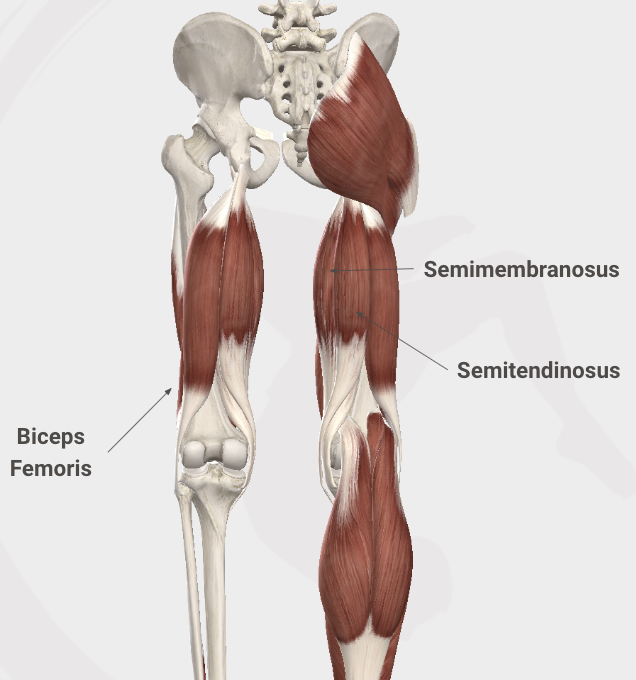
by Tate Englund
Have you been practicing yoga for a while but still struggle with tight hamstrings? Feeling frustrated or stuck? You’re not alone—many yoga practitioners face the same issue. The primary reasons are often twofold: lacking strength in the stretch and consistently stretching at the same angle. I spent many years frustrated with my hamstrings until I figured this out, so hopefully this will get you there quicker than me. You’re welcome 😉.
Strength in the Stretch
To achieve flexible hamstrings, especially if you’re a runner, hiker, biker, or athlete, you need to strengthen them as you stretch. Our nervous system dictates our flexibility; it won’t allow further range of motion if it doesn’t feel safe. Think about it: when you run, hike, or bike, your hamstrings work hard in a shortened position, and your nervous system is accustomed to this. It craves strength and trusts it. But when you go to yoga and try to lengthen them passively, your nervous system resists, pulling you back into a tight position.
To build trust with your nervous system and achieve lasting flexibility, you need to engage your hamstrings while stretching. This active engagement helps your nervous system feel safe and gradually increases your range of motion. So when you take your hamstrings into a lengthened position, turn the muscles on. Not sure how to do that? I have tons of videos in my library.
Understanding Hamstring Anatomy
Your hamstrings consist of three muscles: the biceps femoris, semitendinosus, and semimembranosus. Typically, we stretch them by extending one leg straight out and folding forward, as if they were curtains on the back of our legs. But this doesn’t account for their actual layout.
- Biceps Femoris: Originates at the sitting bones and attaches to the outer lower leg.
- Semitendinosus: Starts at the same point but attaches to the inside of the lower leg.
- Semimembranosus: Also originates at the sitting bones but attaches even further inside.

Understanding this, we see that hamstrings don’t just run up and down the back of the leg. They have parts that extend to the outside and inside. This means we need to vary our stretching angles to effectively target all parts of these muscles.
Practical Tips for Stretching
Take half-splits as an example, as you can apply the same principles to any hamstring stretch. Incorporate half-splits with different leg positions into your routine:
- Leg Forward: Traditional half-split position.
- Leg Out at an Angle: Targets the inner part of the hamstrings.
- Leg Across the Body: Focuses on the outer part of the hamstrings.
By varying these angles, you ensure a comprehensive stretch, covering all parts of the hamstrings.
As always, here’s a video that explains these concepts more clearly:
Stay committed to these techniques, and you’ll start noticing improved mobility and reduced tightness in your hamstrings!
-Tate

